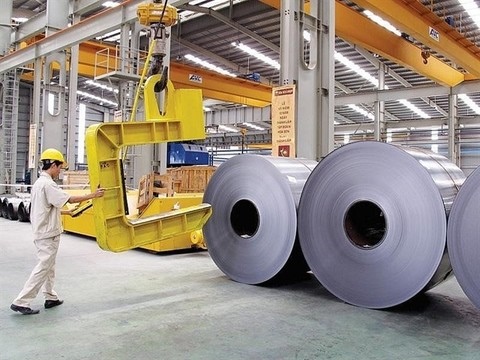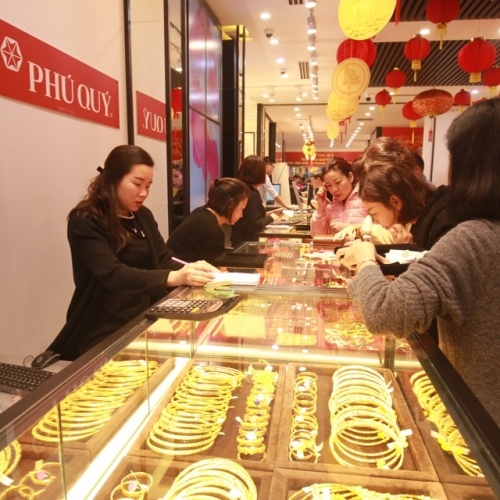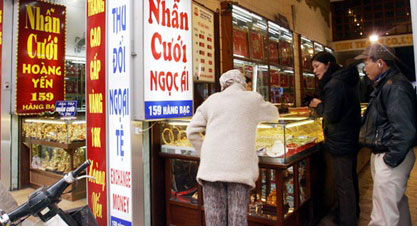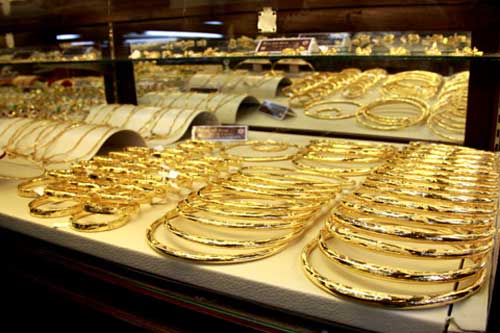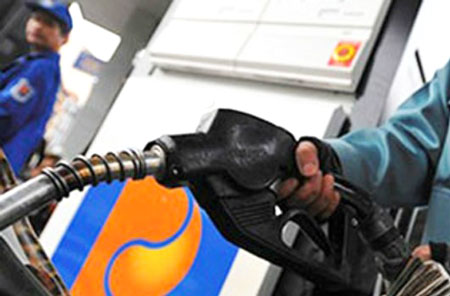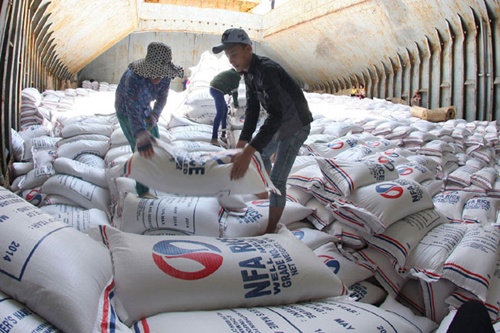Imports a threat to local cattle industry
Imports a threat to local cattle industry
The rise in beef imports after tariffs are cut to zero in 2018 under the ASEAN Trade in Goods Agreement (ATIGA) is a serious threat for the domestic cattle industry.
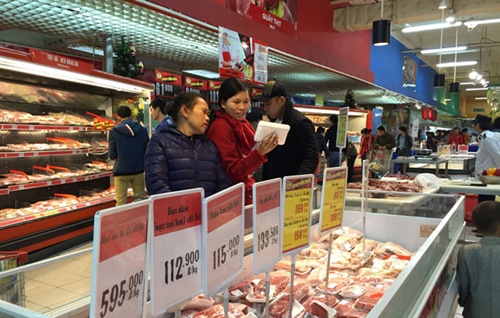
The consumption of imported beef has already risen sharply during recent years, with more than 250,000 live cows and 26,000 tonnes of beef and buffalo meat being imported last year.
According to Nguyen Dang Vang, chairman of the Livestock Association of Viet Nam, the number of beeves imported from Australia surged from 3,500 in 2010 to 181,000 in 2014, reflecting a 52-fold growth in just two years.
Vang forecast that the import of beeves from Australia would be about 200,000 to 220,000 heads this year, given the rising domestic demand.
Most recently, Canada organised an event to promote its agricultural products, including safe and high-quality beef in Viet Nam, saying that Viet Nam was a market with high potential.
Together with the zero import tariff imposed on beef to be applied from 2018, following commitments made under ATIGA and the growing consumption demand of Vietnamese, Viet Nam would provide huge opportunities for countries with cattle farming advantages.
The country's market currently has the world's biggest meat producers present, including from Australia, New Zealand and Canada, which has resulted in harsh competition for the domestic cattle industry, not only in prices, but also in quality.
Vang said the rising beef imports were unavoidable as domestic cow production could meet only more than 70 per cent of the local demand, adding that beef imports would continue to expand as Viet Nam did not have the advantage of large-scale livestock farming in comparison with Australia or New Zealand.
In addition, imported beef would have more competitive prices than Vietnamese beef when the import tariff was cut to zero.
An expert from the Dong Nai Livestock Association said Viet Nam was seeing considerable demand for beeves, but it was difficult to develop large-scale cattle farming in the country, given its natural conditions and policies.
He added that rapid urbanisation during the past decade had pushed up land prices, which had resulted in husbandry costs rising, reducing Vietnamese beef's competitiveness.
To enhance competitiveness for Vietnamese, a long-term plan was needed, experts said.
A large number of domestic firms had invested in cattle farming, including Hoang Anh Gia Lai and Vissan.
In 2014, Viet Nam imported roughly US$300 million worth of live cattle and $50 million worth of frozen beef. The country had more than 5 million heads of cattle and a beef output of 297,400 tonnes.



